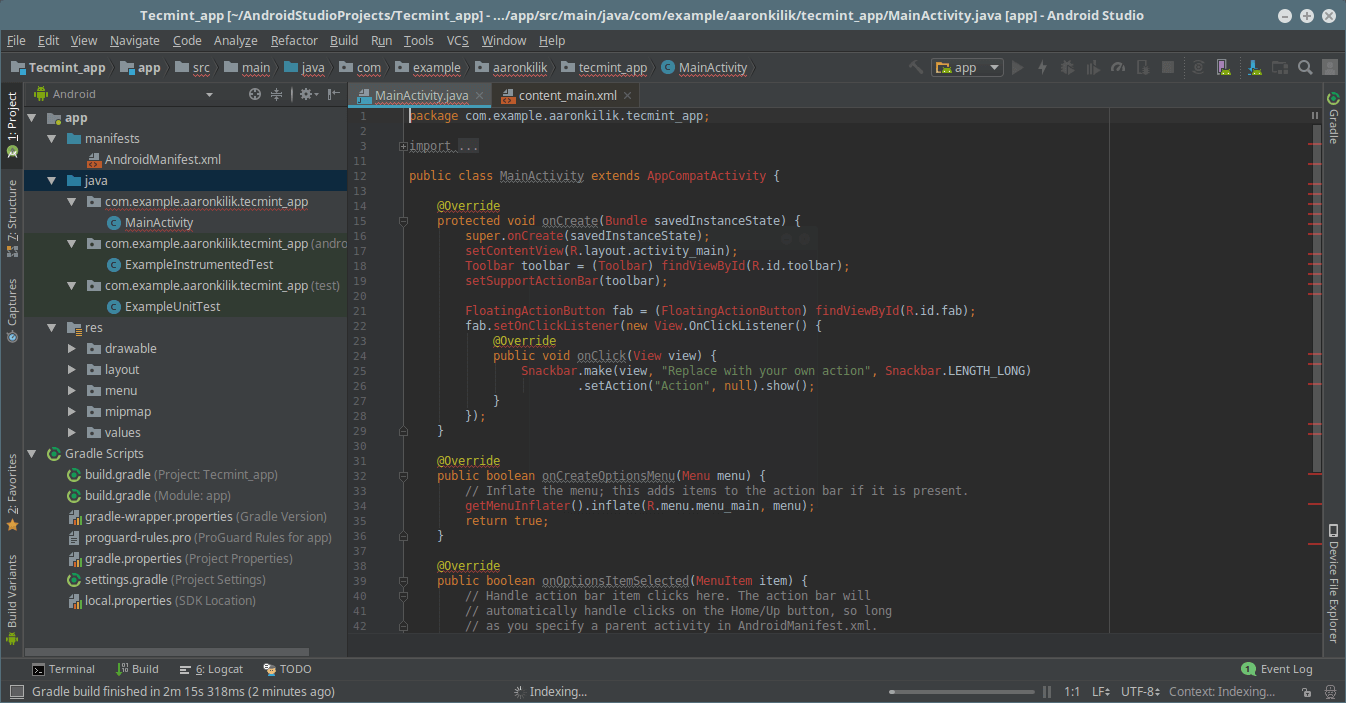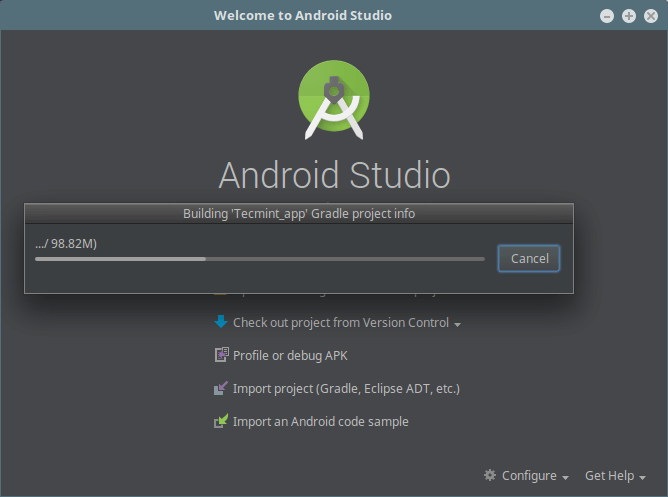
Select the top three or four SDKs and then click next (you can choose less if you’re running low on storage).Īgain, you’re going to wait. On the next screen click Configure > SDK Manager in the bottom right. When the download finishes, click Finish. Now, this one really is going to take a long time. The Android Studio Wizard will open and you can click Next on everything. $ cd /usr/local $ sudo unzip ~/Downloads/android-studio-ide-***.zip $ cd android-studio/bin $. Move back to the desired location, unzip the files, and execute the script. bashrc $ javac -version # should print 'javac 1.8.0_***'ĭownload a copy here.

Reload bash and confirm the updates worked: $ source.

bashrcĪdd these two lines to the bottom of the file (make sure to replace *** with the correct number that matches your directory path). This is accomplished by updating the ~/.bashrc file with an editor (vi, vim, nano, etc.). We need to add this extracted folder to the system path. Once the download has finished, move to your desired location and extract the files: $ cd /usr/local $ sudo mkdir java & cd java $ sudo tar xzvf ~/Downloads/jdk-*****_***.tar.gz Make sure you choose the tarball (*.tar.gz). Java Development Kitĭownload a copy here. Warning: Android Studio takes up gobs of storage, so make sure you have some to spare. Per the title, this article also assumes you are on a Linux-based system. In order to successfully take your web skills to the Android level, you need to jump through a few hoops. This article assumes you are a web developer who wants to build an Android app with the knowledge you already have. These functions are exposed via a unified JavaScript API, allowing you to easily write one set of code to target nearly every phone or tablet on the market today and publish to their app stores.

Let’s get it out of the way.Ĭordova wraps your HTML/JavaScript app into a native container which can access the device functions of several platforms.


 0 kommentar(er)
0 kommentar(er)
